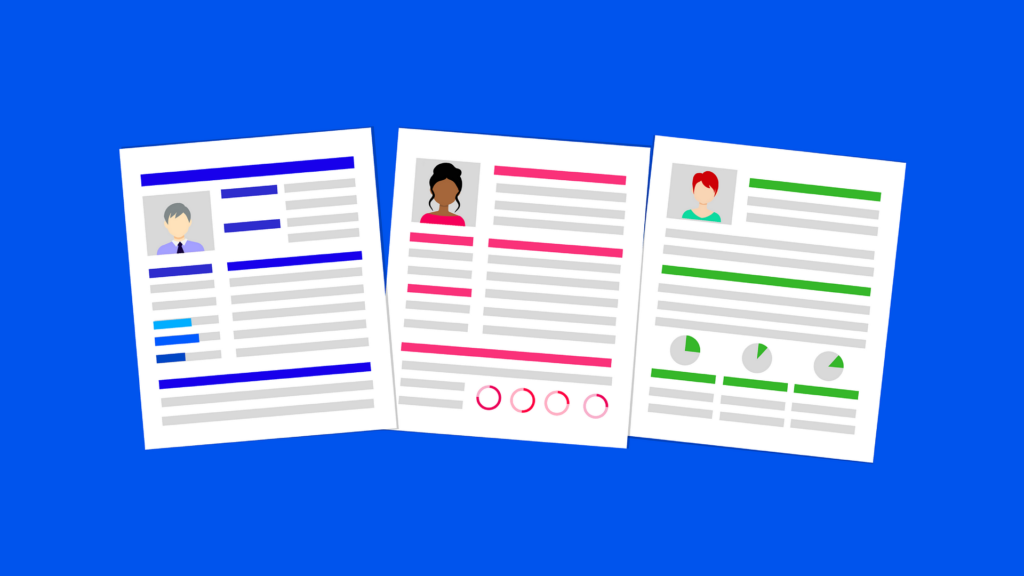Benefits of Using Third-Party Fleet Management Software Vs. Internal
You’ve decided your fleet operation needs fleet management software to improve workflows, get access to key data and save time and money. Great. Now the next big question. Which fleet management software should your operation use — a third-party solution or your own internal platform?
The answer comes down to the amount of staff and the level of effort your operation wants to invest.

Photo Courtesy of Pixabay.com
Designing and Building the Software Takes Expertise
While operations know best what information they want to track on their fleet, specialized fleet management software companies have the expertise to create the solution to get that data.
Software companies have staff who specialize in building fleet management software. They have done it successfully before and are currently doing it for other clients.
For internal solutions, the software is created from scratch by a team who may or may not have experience in fleet management software. Building an internal solution gives you complete control over how the software works and what features it includes. However, getting the software to perform as desired requires experts in the field.

Photo Courtesy of Pixabay.com
Staffing for the Project (Initial and Long-term)
Building software requires a dedicated team of highly skilled front-end and back-end developers, plus an IT team. Organizations with these skilled professionals on staff will likely need to remove individuals from other projects and dedicate them to building the software solution full-time.
Organizations who don’t currently have these professionals employed will need to fill those roles. Adding new-hires to an organization requires training and ramp-up time to get them familiar with the company and the project requirements.
Once the software is launched, organizations will need to retain a team to maintain the solution and make enhancements as needed.
When using a third-party company, the staff of experts is already in place to implement the software and provide ongoing maintenance.
Setting Timelines
Creating an internal solution can take much longer than implementing software from a third-party. It will take time to hire the right people or shift resources into dedicated roles to support the project. Once the team is in place, the following work must be completed: determine project requirements, establish servers and databases, put security and networking capabilities in place, determine acceptance criteria, architect and build the software.
Once it’s up and running, a thorough QA of the software needs to be conducted to ensure the system works as expected.
With third-party software, the solution is mostly ready out-of-the-box. Some customizations may be needed, but those updates will likely take much less time to implement than creating a brand new internal solution.
Maintaining the Solution
Technology changes, and the software will need to change with it. Homegrown solutions – including the software, databases and servers — must be updated and maintained internally. This creates a long-term need for dedicated developers and IT professionals.
Third-party software companies can implement upgrades and maintenance as part of their partnership.

Photo Courtesy of Pixabay.com
Processes
After internal software is created and installed, businesses must determine how the system will be maintained and how requests are made. For example, organizations will need to create a process for how to file IT tickets if a feature of the software isn’t functioning.
When using third-party software, these processes are already in place. Your operation just needs to be trained on how to file service tickets and requests. You will benefit from knowing the processes work, as the third-party vendor has already tested and vetted them.
Ongoing Support
When partnering with a third-party software provider, operations have access to ongoing customer support. This gives operations a life-line to call for support or training.
It also gives operations access to a team of experts. Third-party software companies like RTA can access their experienced staff with diverse skill sets to provide best practices on how to use the system and collect desired data.
Contact RTA Fleet Management Software today to request a free demo to see how partnering with RTA can benefit your fleet operation.
By Steve Saltzgiver, Fleet Success Advisor Disruptions in the supply chain can have far-reaching consequences, affecting various industries and sectors. […]
By Mary Gerard, Content Marketing Manager Where does 60% of your fleet’s budget go each year? Fuel. While depreciation is […]
By Steve Saltzgiver, Fleet Success Senior Advisor Fleet organizations with robust transportation networks need to run efficiently to keep their […]
Related Articles

Your fleet management information system (FMIS) is arguably the most important software your fleet has. And chances are, you’re nowhere […]

RTA Awarded Fleet Management Software Contract from the Commonwealth of Massachusetts Award allows all state, and local government entities as […]